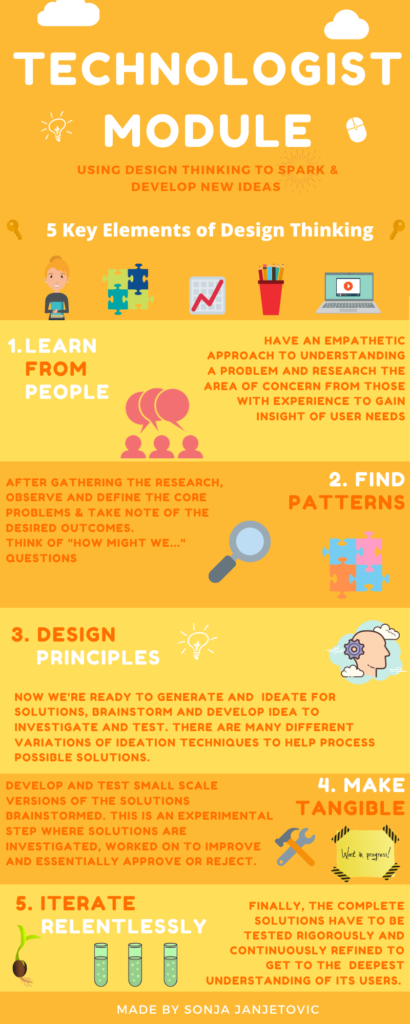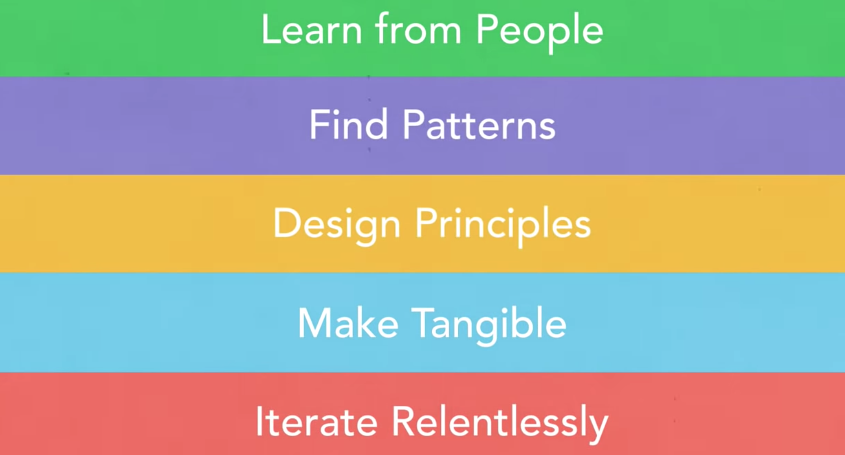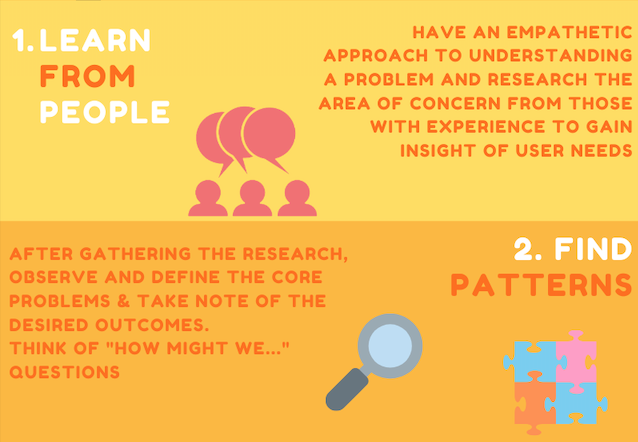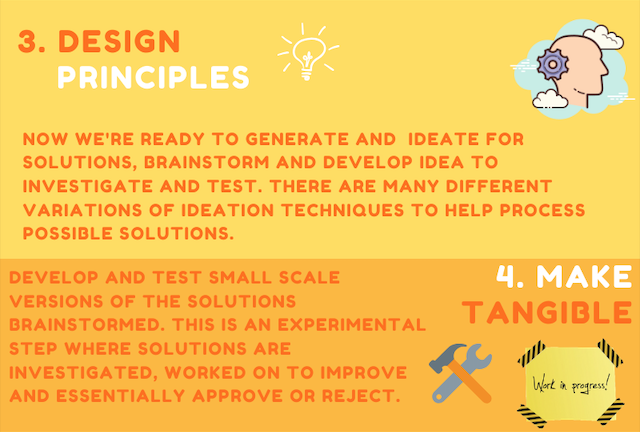
It is fair to say that digital technology is the new tool used most in today’s average classroom, from the use of SMART boards, taking attendance on Edsby, and if you’re lucky, even a whole class set of iPads or laptops. This brings on a new opportunity of teaching and integrating technology into the classroom is a developing technique of teaching that many educators want to welcome. Though many educators have access to so many various technological tools, it does not mean the digital literacy comes with it. That brings us to the very handy tool that is the Technologist Module, which is an online educational tool to help introduce the various topics of starting into the world of incorporating technology into lessons.
While the module explores and discusses multiple cases of technological points, one aspect of the appeal is that of “design thinking”. A 5-step process that allows creators and educators to approach a system of how to develop a plan to resolve challenges and issues. The Technologist Module links to a great educational video from Daylight that breaks down the idea of design thinking. The video uses an example of their own to help illustrate the process and benefits of this methodology. The company was on a mission to help kids in America to move more and prevent childhood obesity and found it a difficult issue to challenge and present an effective solution. That is when they breakdown the 5 steps:

In other words, the process comes down to empathize, define, ideate, prototype, and test. Let’s take a deeper look into each category and understand the importance of each step.

Before we can jump into solving any sort of problem, we have to gain a good, deep, and empathetic understanding of the issues and challenges surrounding the targeted audience. The best way to do so is to connect, observe, engage, and learn from the people with experience and analyze the different issues brought up. Once a substantial amount of research has been developed to get the feel of desired needs from users and the flow of possible solutions initially start to be discussed, we can approach the next step: find and define patterns and problems.
During this stage, creators and educators can break down the information gathered and analyze observations to start creating correspondence of what sort of features, needs, and concerns need to be addressed in the solution. Once a good understanding of the resolution approach is developed, we can start to progress to the third stage and start asking “how might we…” questions to encourage the brainstorming process ahead of us.

Starting to generate ideas, having solid background information collected, the brainstorming process is in effect. There are many variations to ideation techniques to aid in identifying new solutions to the problem statement. It is best to generate as many ideas at the beginning of this phase as possible to ensure many options to develop further in stage 4.
To make the developed ideas tangible, creators and educators will develop and test small scale prototypes of each possible solution to experiment on and identify the best possible solution to cater to the challenges identified in the first few steps. After testing each, investigating the pros and cons and attempting to improve the prototypes, one by one will be decided to either be approved or rejected to narrow down the final options.

Finally, the decided solution has to be iterated relentlessly and revised constantly to keep it running smoothly and fix any smaller issues within itself for its users. Constant alterations and refinements are made in this stage to continually develop and improve to keep users engaged and the outcome fully functioning.
It is important to state that though the process of design thinking is ordered by steps, it can essentially be executed in a non-linear and flexible manner. Going back and forth through each step in different orders to continuously improve and investigate until the finished product is confidently providing its purpose. Design thinking can be adapted in many ways for many reasons to produce answers and resolutions for varying factors and challenges, whether in the classroom or an entrepreneurial environment. Its use has no limit and is a repeated cycle for a fool proof module.
